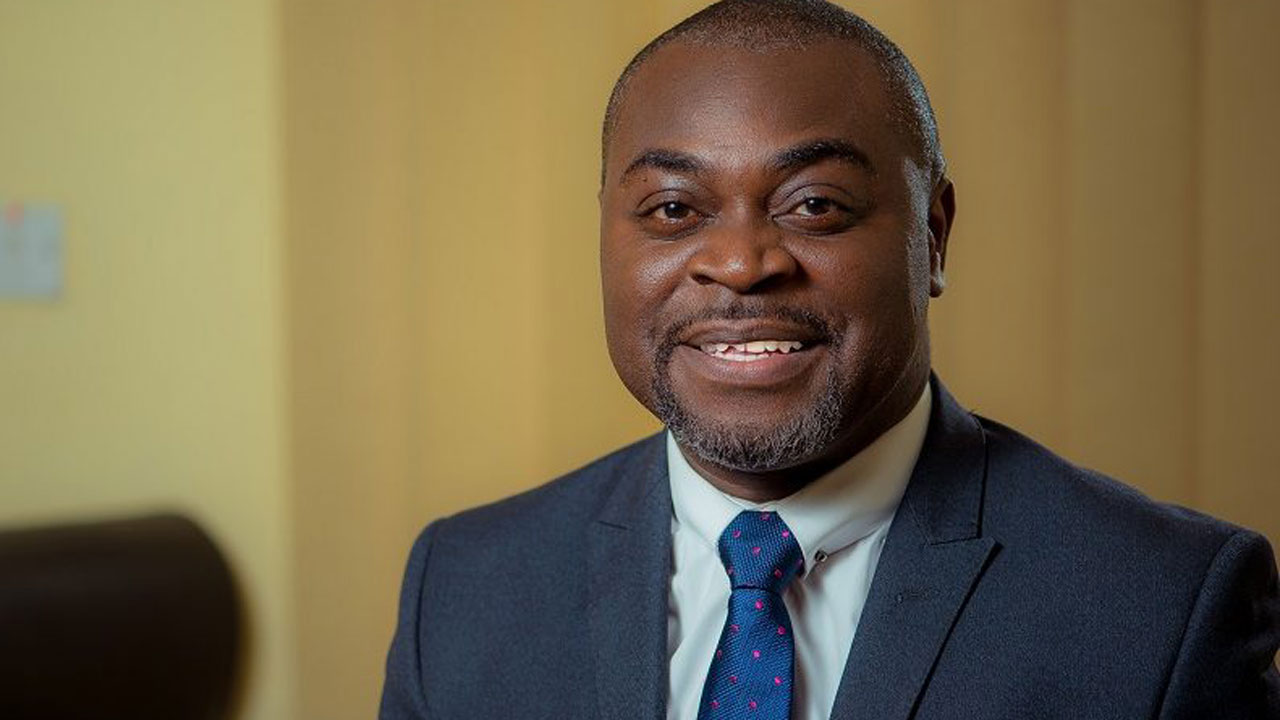With reports indicating tens of thousands of fibre cuts yearly, costing the industry billions of naira in repairs and revenue loss, the escalating problem poses a significant challenge to the country’s connectivity and digital progress, ADEYEMI ADEPETUN reports.
Nigeria’s burgeoning digital economy, heavily reliant on robust telecommunications infrastructure, is facing a growing threat as a result of the alarming increase in fibre optic cable cuts.
These disruptions, often caused by accidental damage during construction, vandalism, and poor coordination between stakeholders, are leading to widespread service outages, affecting millions of subscribers and crippling vital economic activities.
Fibre cuts are a pervasive and costly problem for Nigeria’s telecom sector, leading to significant disruptions in services, economic losses, and a hindering of the country’s digital transformation goals.
From Lagos to Anambra, Kebbi to Zamfara, Kaduna to Rivers, there have been one fibre cut too many. This has led to an increase in service outages, consequently, pitching subscribers against telecom operators.
For emphasis, fibre optics provides enhanced features and advantages that are superior to copper-based and wireless backhaul transmission solutions. Given this, most network operators in the industry have deployed hundreds of kilometres of optical fibre network infrastructures across the length and breadth of the county in their bid to deliver a high standard of network quality that satisfies and delights the needs of their customers.
By the last quarter of 2025, the Federal Government, through a $2 billion investment, will deploy fresh 90,000km of fibre optic in the hope of boosting the country’s connectivity.
While Nigeria is hopeful, there is, however, a major threat to expansion and connectivity, which is seriously impacting telecom sector output.
Widespread service disruptions
FIBRE cuts have led to widespread blackouts, subsequently affecting voice calls, SMS, USSD codes (crucial for banking and financial transactions), and mobile data services. This directly impacts personal communications and business operations.
While the incidents are not isolated, monitoring from the Nigerian Communications Commission (NCC) showed disruptions across numerous states (e.g., Rivers, Katsina, Lagos, Enugu, Benue, Anambra, Imo, Abia, Akwa Ibom, Kebbi, Sokoto, Zamfara, Borno and Adamawa), impacting major operators like MTN, Airtel, 9Mobile, and Globacom.
Beyond personal use, essential services like banking, digital payments, government services and emergency responses heavily rely on telecom infrastructure and suffer severely during outages.
They also have a ripple effect on the business community, which needs Internet connectivity to transact their businesses. Fibre cuts have dire consequences on national security as well as the output of businesses, particularly those whose progress runs largely on the wheels of telecommunications.
Frequent occurrences
AS of May 2025, the telecommunications sector experienced over 40 major network outages, driven by a surge in vandalism, fibre-optic cable cuts, and persistent power shortages. In the last week of May, the impacts of the fibre cuts in Kebbi, Sokoto, Zamfara and Yobe crippled businesses in the region. Report indicated that residents of the affected areas in the three states were unable to make voice calls, send SMS, or use data.
Over time, telecom operators have reported an alarming frequency of cuts. Airtel, for instance, has reported an average of 43 fibre cuts daily, amounting to over 7,700 cases in just six months. MTN Nigeria faced nearly 40 fiber cuts daily, totalling over 6,000 in 2023.
Earlier this year, the telcos disclosed that they suffered 2,500 fibre cuts in Lagos in 2024, which caused them an estimated N5 billion ($6.25 million) in losses.
According to them, high-risk zones, where the cuts have been more pronounced include Ikeja, Lekki and Victoria Island, where road expansions and private developments frequently disrupt connectivity.
They submitted that the recurring incidents highlighted the urgent need for stronger preventive measures, legal enforcement and coordinated infrastructure planning.
A senior official, Broadbased Communications, Jude Ighomena, said despite existing regulations, fibre cuts had persisted, highlighting the urgent need for redress and compensation mechanisms.
Ighomena, who said offenders, must be held accountable, advocated stricter enforcement, and implementation of preventive strategies to safeguard telecoms investments. He listed key causes of fibre cuts as construction and urban development, illegal excavation and vandalism and multiple regulatory authorities.
According to him, the impacts of the cuts are huge, including economic losses, service disruptions, consumer frustration and security concerns. On the need for redress, he said: “To address the persistent issue of fibre cuts, a robust compensation and redress framework is essential. Policy reforms should mandate stricter penalties for unauthorised fibre disruptions, ensuring offenders are held accountable. Stakeholder engagement is critical, bringing together government agencies, telecom operators, and civil society to create enforceable policies and improve coordination.”
Significant economic losses
TELECOM companies incur substantial costs for repairing damaged cables and relocating vulnerable fibre lines. MTN Nigeria alone spent N11.1 billion between 2022 and 2023 to repair and relocate 2,502km of fiber optic cables. The total cost to the Nigerian telecom industry from repairs and revenue losses due to damaged cables was estimated at almost N27 billion ($23 million) in 2023.
Funds that could have been used for network expansion and broadband penetration in underserved areas are instead redirected to repairs. For instance, the N11 billion MTN spent on repairs and relocation could have built 870 km of new fibre lines.
repair costs, operators suffer revenue losses due to service disruptions, customer compensation obligations, and the need for redundant infrastructure. Businesses relying on connectivity experience downtime lost transactions, and reduced productivity, leading to significant economic losses for the broader economy.
Operators are forced to incorporate additional protection into cable infrastructure and increase maintenance budgets, raising the overall cost of telecom infrastructure in Nigeria.
Causes of fibre cuts
CONSTRUCTION and urban development is a leading cause with road expansions and private developments frequently damaging buried fibre cables. Lack of coordination between road construction companies and fibre infrastructure operators is a major contributing factor. Intentional damage and theft of cables for their perceived value (even if they don’t contain valuable copper) are prevalent, particularly in certain areas of the country. Unauthorised digging for various purposes often leads to accidental fibre cuts. Bush burning and farming activities can also damage buried cables.
Stakeholders highlighted the lack of a centralised regulatory framework and poor coordination among government agencies, construction firms, and telcos. This results in repeated damages without clear accountability.The existence of various regulatory bodies without streamlined coordination can lead to overlapping mandates and inefficiencies in protecting infrastructure.
Impact on QoS
FREQUENT cuts lead to slower Internet speeds, dropped calls, and unreliable connectivity. Subscribers express significant worries and frustration over the poor quality of telephony services, impacting their daily lives and ability to conduct essential activities like online banking.
The unreliable nature of connectivity due to fibre cuts slowed down Nigeria’s broadband expansion goals and its aspirations for a robust digital infrastructure, limiting digital inclusion for many citizens.
Measures and challenges in mitigation
WHILE the Nigerian government has officially classified telecom infrastructure as Critical National Information Infrastructure (CNII) and criminalised intentional damage to these assets, this is seen as a crucial step towards better protection.
The Chairman, the National Association of Telecoms Subscribers of Nigeria (NATCOMs), Deolu Ogunbanjo Ogunbanjo, said the CNII should be activated immediately and made punitive to be able to deter vandals from perpetrating more damages.
“The fact is that this challenge is affecting peoples’ commercial lives, be it banking, entertainment, health, and security among others. For instance, it is now taking forever to be able to carry out simple bank transfers and others. I think urgent measures should be deployed to nip this menace in the bud,” he stated.
According to him, the state governments and telecom operators should align strategies, especially in the areas of sensitisation, especially construction workers in their respective domains about some of these fibre cables that are laid under the ground already to stall further damages.
Amid these calls, he said the Federal Ministry of Works and the Federal Ministry of Communications, Innovation, and Digital Economy Joint Standing Committee on the Protection of Fibre Optic Cables should act as fast as possible, especially by establishing instant communication mechanisms between telecom firms and road contractors, ensuring fibre placement is incorporated into road design and construction planning, working with federal controllers of works to safeguard fibre infrastructure nationwide.
On his part, telecoms expert, Kehinde Aluko, said telecom operators and stakeholders should continue to advocate for stronger policies, stricter enforcement, and effective redress mechanisms to hold offenders accountable and deter future damage.
According to him, there is a need for more sensitisation and public awareness, especially among construction workers, about the location of underground fibre cables to prevent accidental damage.






